Cosmetic surgery aims to enhance a person’s appearance through medical procedures. These optional surgeries can change body parts like the nose, breasts, or face.
Cosmetic procedures range from minor tweaks to major changes and may boost self-image.
People choose cosmetic surgery for many reasons. Some want to look younger or fix a part of their body they don’t like. Others seek to repair damage from injuries or health issues.
Good candidates have realistic goals and understand the risks.
Doctors who do cosmetic surgery need special training. They work with patients to make plans that fit each person’s needs.
It’s key for patients to learn about the surgery and recovery process before deciding. This helps them know what to expect and get the best results.
Understanding Cosmetic Surgery

Cosmetic surgery aims to enhance a person’s appearance through medical procedures. It has a rich history, encompasses various types of surgeries, and differs from reconstructive surgery in key ways.
History and Development
Cosmetic surgery traces its roots back to ancient civilizations. In India, surgeons performed nose reconstruction as early as 600 BC. The field saw major advancements during World War I, as doctors developed new techniques to treat injured soldiers.
The 20th century brought rapid progress. In the 1960s and 1970s, breast augmentation and liposuction became popular. Technological advances improved safety and results. Today, minimally invasive procedures like Botox injections are common.
Plastic surgery training now includes specific cosmetic surgery education. Board-certified plastic surgeons complete years of specialized training to perform these procedures safely and effectively.
Types of Cosmetic Surgery
Cosmetic surgery covers a wide range of procedures. Common facial surgeries include rhinoplasty (nose reshaping), facelifts, and eyelid surgery.
Body contouring procedures like liposuction and tummy tucks are also popular.
Breast surgeries such as augmentation, reduction, and lifts are frequently performed. Non-surgical treatments like dermal fillers and chemical peels have grown in popularity due to their minimal downtime.
Each type of cosmetic surgery requires specific skills. Cosmetic surgeons must stay updated on new techniques and safety protocols to provide the best care for their patients.
Difference Between Cosmetic and Reconstructive Surgery
While often performed by the same surgeons, cosmetic and reconstructive surgeries have different goals. Cosmetic surgery aims to improve appearance for aesthetic reasons. It’s usually elective and not covered by insurance.
Reconstructive surgery focuses on repairing defects or injuries to restore function and appearance. It’s often medically necessary and may be covered by insurance. Examples include breast reconstruction after mastectomy or cleft palate repair.
Both types of surgery require extensive training. However, reconstructive procedures often involve more complex techniques to address functional issues alongside aesthetic concerns.
Choosing a Surgeon

Selecting the right surgeon is crucial for a successful cosmetic procedure. The surgeon’s qualifications, experience, and ability to understand your goals play key roles in achieving the desired results.
Qualifications and Training
A board-certified plastic surgeon has completed extensive training and passed rigorous exams. This certification ensures they have the skills to perform complex procedures safely.
Look for surgeons certified by recognized boards like:
- American Board of Plastic Surgery (ABPS)
- American Board of Facial Plastic and Reconstructive Surgery (ABFPRS)
- American Board of Dermatology (for certain skin procedures)
Surgeons should have hospital privileges, even for outpatient procedures. This shows they meet strict standards set by medical institutions.
Selecting the Right Surgeon
Experience matters in cosmetic surgery. Ask how many times the surgeon has performed your specific procedure.
Check before and after photos of their previous patients. This helps gauge their aesthetic sense and skill level.
Read patient reviews and ask for references. Happy patients often indicate a skilled and trustworthy surgeon.
Consider the surgeon’s style and approach. Do they align with your goals and vision?
Consultation Process
A thorough consultation is vital. The surgeon should:
- Listen to your goals and concerns
- Explain procedure options clearly
- Discuss potential risks and complications
- Answer all your questions patiently
Pay attention to how comfortable you feel with the surgeon. Good rapport is important for open communication.
The surgeon should provide a detailed treatment plan. This includes costs, recovery time, and expected outcomes.
Be wary of surgeons who pressure you into decisions or downplay risks. Patient safety should always be the top priority.
Common Procedures
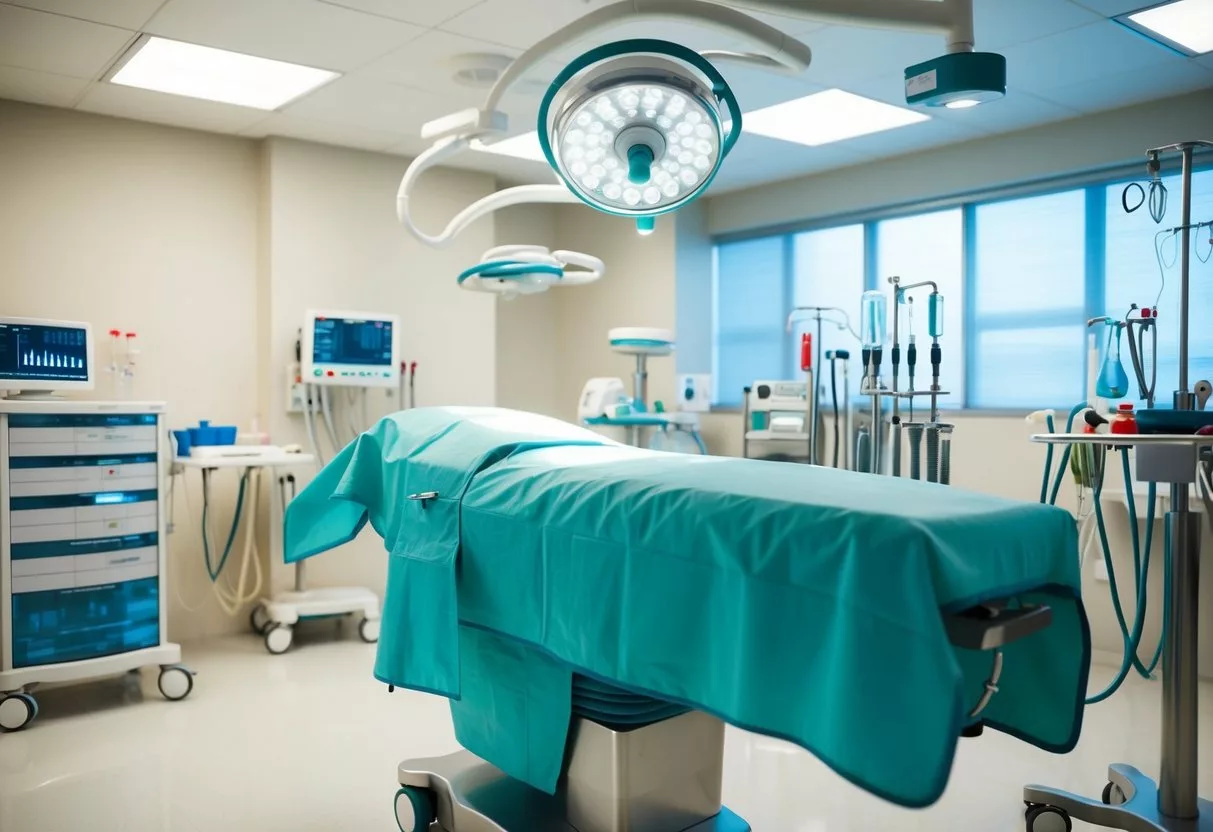
Cosmetic surgery offers a variety of options to enhance appearance. These procedures target different areas of the body to achieve desired aesthetic results.
Facial Surgeries
Facial cosmetic surgeries aim to improve features and reduce signs of aging. Rhinoplasty reshapes the nose, while blepharoplasty enhances the eye area. This surgery can fix droopy eyelids and remove under-eye bags.
Facelifts tighten loose skin and smooth wrinkles. They target the lower face and neck. Forehead lifts focus on the upper face, raising eyebrows and reducing forehead lines.
These procedures can be done alone or together. Results vary based on individual needs and goals.
Breast Surgeries
Breast surgeries are popular for both women and men. Breast augmentation increases size and improves shape using implants or fat transfer. Breast lifts raise sagging breasts without changing size.
Breast reduction removes excess tissue to relieve discomfort and improve proportion. This surgery benefits both women and men with overly large breasts.
Recovery times differ for each procedure. Patients should discuss expectations and potential risks with their surgeon.
Body Contouring Procedures
Body contouring reshapes specific areas to improve overall appearance. Liposuction removes stubborn fat deposits from various body parts. It’s often used on the abdomen, thighs, and arms.
Tummy tucks flatten the stomach by removing excess skin and fat. They also tighten abdominal muscles. Body lifts target multiple areas, removing loose skin after major weight loss.
Arm lifts reduce sagging in the upper arms. These procedures can boost confidence but require proper diet and exercise to maintain results.
Preoperative Considerations

Getting ready for cosmetic surgery involves important steps. These include health checks, talking about risks, and preparing properly. Taking care of these things helps make the surgery safer and more successful.
Health Evaluations
Before cosmetic surgery, patients need thorough health checks. The surgeon will review medical history and do a physical exam. They may order blood tests or other screenings. This helps spot any health issues that could cause problems during surgery.
Patients should tell the surgeon about all medicines they take. This includes vitamins and herbs. Some drugs can affect surgery or healing. The doctor might ask patients to stop certain medications for a while.
People with health problems may need extra tests. The surgeon might ask for clearance from other doctors. This makes sure the patient is healthy enough for surgery.
Risks and Complications Discussion
Every surgery has risks. The surgeon will explain possible complications of the specific procedure. These may include:
- Infection
- Bleeding
- Scarring
- Anesthesia problems
- Unhappy with results
Patients need to understand these risks. They should ask questions and share any concerns. The surgeon will explain how to reduce risks, like quitting smoking.
Some procedures have unique risks. For example, breast implants can leak or cause other issues. The doctor will go over all procedure-specific risks in detail.
Preparation Guidelines
Good preparation helps surgery go well. The surgeon will give specific instructions. These often include:
- Stop smoking at least 2 weeks before surgery
- Avoid certain medicines and supplements
- Arrange for someone to drive you home after surgery
- Plan for time off work to recover
Patients may need to change their diet before surgery. The doctor might ask them to stop eating and drinking the night before.
It’s important to follow all pre-surgery instructions carefully. This helps prevent problems and leads to better results.
The Surgery Process
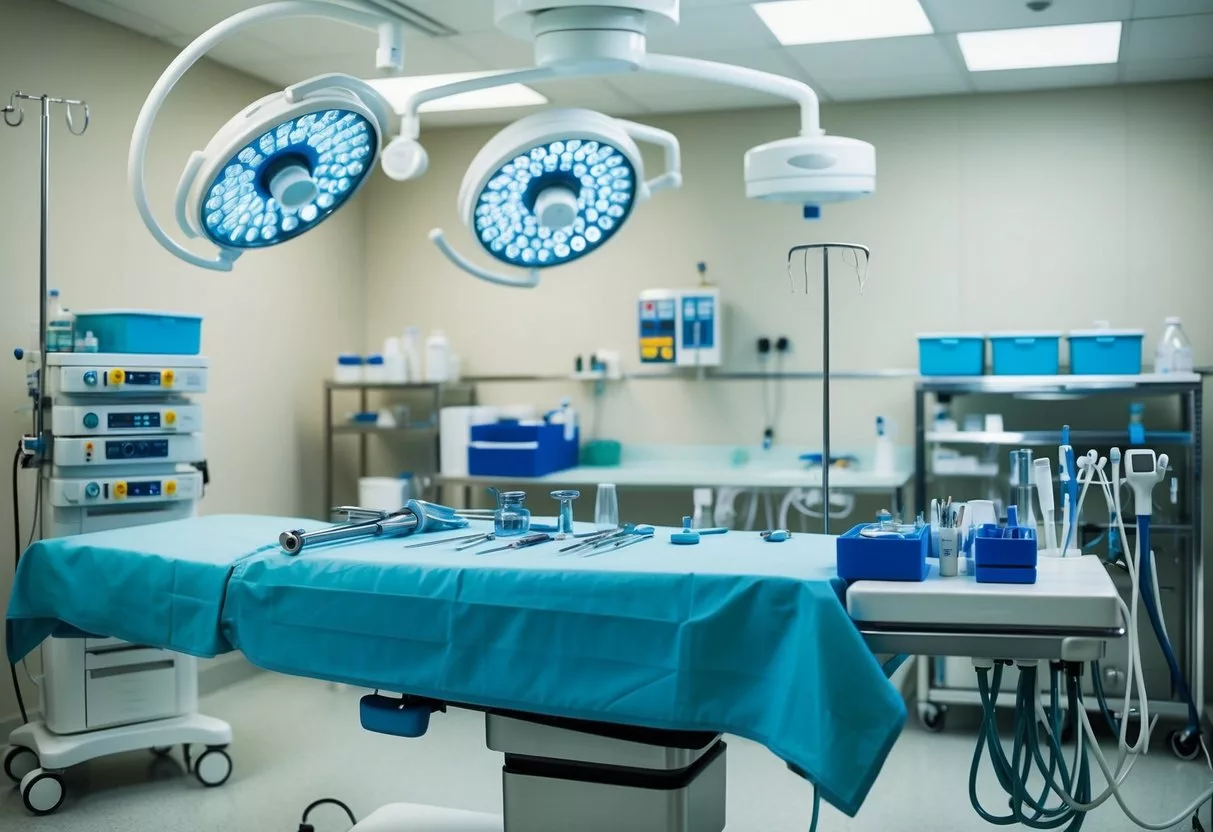
Cosmetic surgery involves careful planning and skilled execution. Patients undergo different types of anesthesia, surgeons follow specific steps, and proper care is provided during the procedure.
Anesthesia Types
Surgeons use various anesthesia options for cosmetic procedures. Local anesthesia numbs a small area, allowing the patient to stay awake. Regional anesthesia blocks pain in a larger body part. General anesthesia puts the patient to sleep.
The choice depends on the surgery type and patient health. Local works well for minor procedures. Regional fits mid-sized operations. General suits complex surgeries.
Anesthesiologists monitor vital signs closely. They adjust medication levels as needed. Patient safety is the top priority during this stage.
Surgical Steps
Cosmetic surgery follows a planned sequence. The surgeon starts by making precise incisions. These cuts allow access to target areas.
Next, the doctor reshapes or enhances the desired body part. This may involve:
- Removing excess tissue
- Adding implants
- Tightening muscles
- Smoothing skin
The surgeon uses specialized tools and techniques. Stitches close the incisions. Some procedures use dissolvable sutures.
Intraoperative Care
Patient care remains crucial during surgery. The medical team monitors vital signs constantly. They watch for any complications.
Surgeons maintain a sterile field to prevent infections. They use careful techniques to minimize bleeding and tissue damage. The team manages pain levels throughout the procedure.
Nurses assist by handing instruments and materials. They help position the patient for best surgical access. The anesthesiologist adjusts medication as needed to keep the patient stable.
Postoperative Recovery

Proper care after cosmetic surgery helps ensure optimal results and reduces risks. Patients should follow their surgeon’s instructions closely during the healing process.
Immediate Aftercare
After surgery, patients typically spend time in a recovery room. Nurses monitor vital signs and manage pain. Most people go home the same day, but some may need to stay overnight.
At home, rest is key. Patients should have a caregiver to help for the first 24-48 hours. They need to keep the surgical area clean and dry to prevent infection.
Pain medication helps with discomfort. Swelling and bruising are normal. Ice packs can reduce swelling.
Patients should avoid strenuous activities and follow dietary guidelines.
Long-Term Healing
Full recovery takes weeks to months, depending on the procedure. Patients gradually return to normal activities as directed by their surgeon.
Incision care is crucial for proper healing. Patients should gently clean the area and apply ointment as instructed. Avoiding sun exposure helps minimize scarring.
Follow-up appointments allow the surgeon to check progress. Compression garments may be needed to support healing tissues. Patients should report any unusual symptoms promptly.
Scar management may include silicone sheets or creams. Most scars fade over time, but complete healing can take up to a year.
Managing Side Effects
Common side effects include temporary numbness, tightness, and changes in sensation. These usually improve as healing progresses.
Patients should watch for signs of complications like:
- Increased pain or swelling
- Fever
- Unusual drainage
- Bleeding
Infection is a serious risk. Patients need to take all prescribed antibiotics and keep incisions clean. They should call their doctor if they notice redness, warmth, or pus.
Proper nutrition and hydration support healing. Patients should avoid smoking and limit alcohol. Getting enough sleep also aids recovery.
Potential Risks and Complications
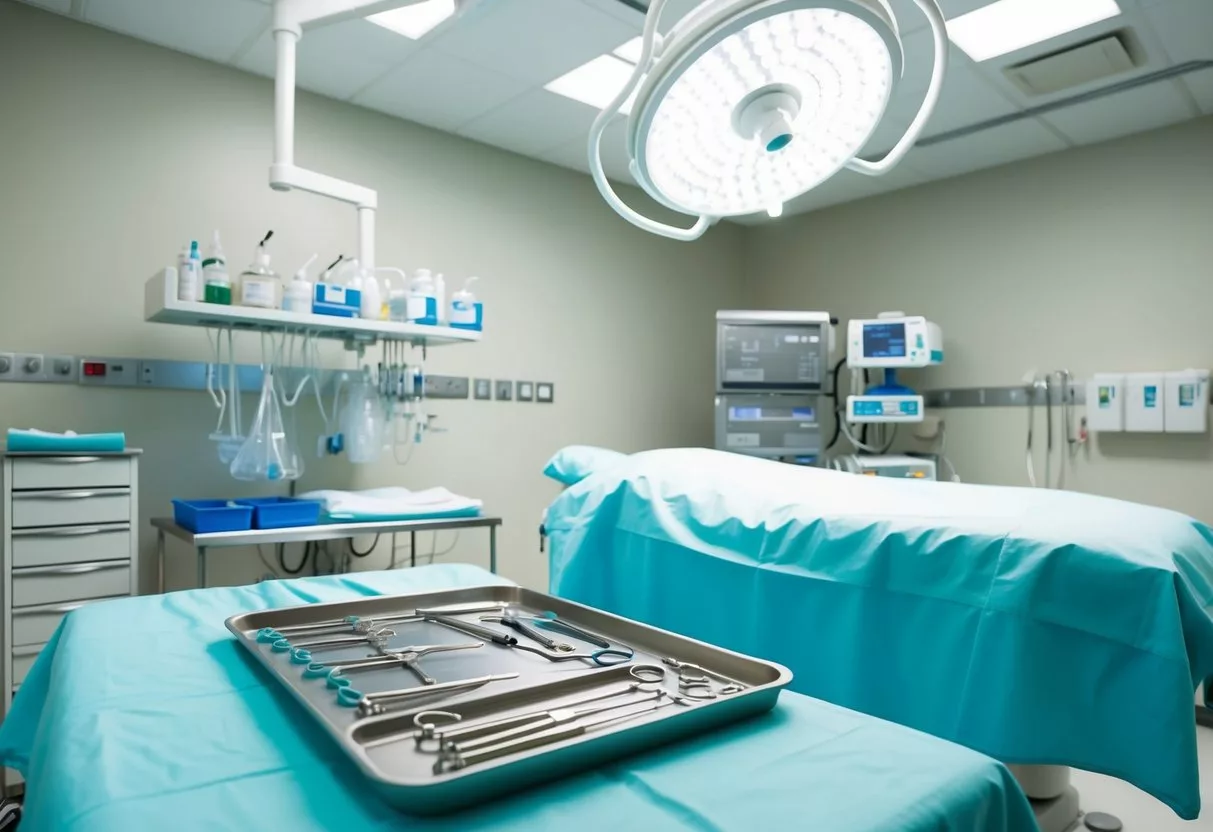
Cosmetic surgery comes with several risks and possible complications. These range from short-term issues that may arise soon after the procedure to long-term health problems that can develop over time.
Short-Term Risks
After cosmetic surgery, patients may face some immediate risks. Infections can occur at the surgical site. Signs include redness, swelling, and fever. Proper wound care helps reduce this risk.
Bleeding is another concern. Hematomas (pools of blood under the skin) may form. These can cause pain and swelling. In some cases, they need to be drained.
Pain and discomfort are common. Most patients need pain medication for a few days after surgery. Bruising and swelling are also normal. These usually fade within weeks.
Long-Term Health Complications
Some complications can last longer or appear later. Scarring is a common long-term effect. While most scars fade over time, some may remain visible.
Nerve damage can occur during surgery. This may cause numbness or changes in sensation. In rare cases, it can lead to muscle weakness.
Blood clots are a serious risk, especially in surgeries that last a long time. They can form in the legs and travel to the lungs, causing a dangerous condition called pulmonary embolism.
Some patients may not be happy with their results. This can lead to emotional distress or the need for more surgeries. It’s important to have realistic expectations before any cosmetic procedure.
Non-Surgical Alternatives
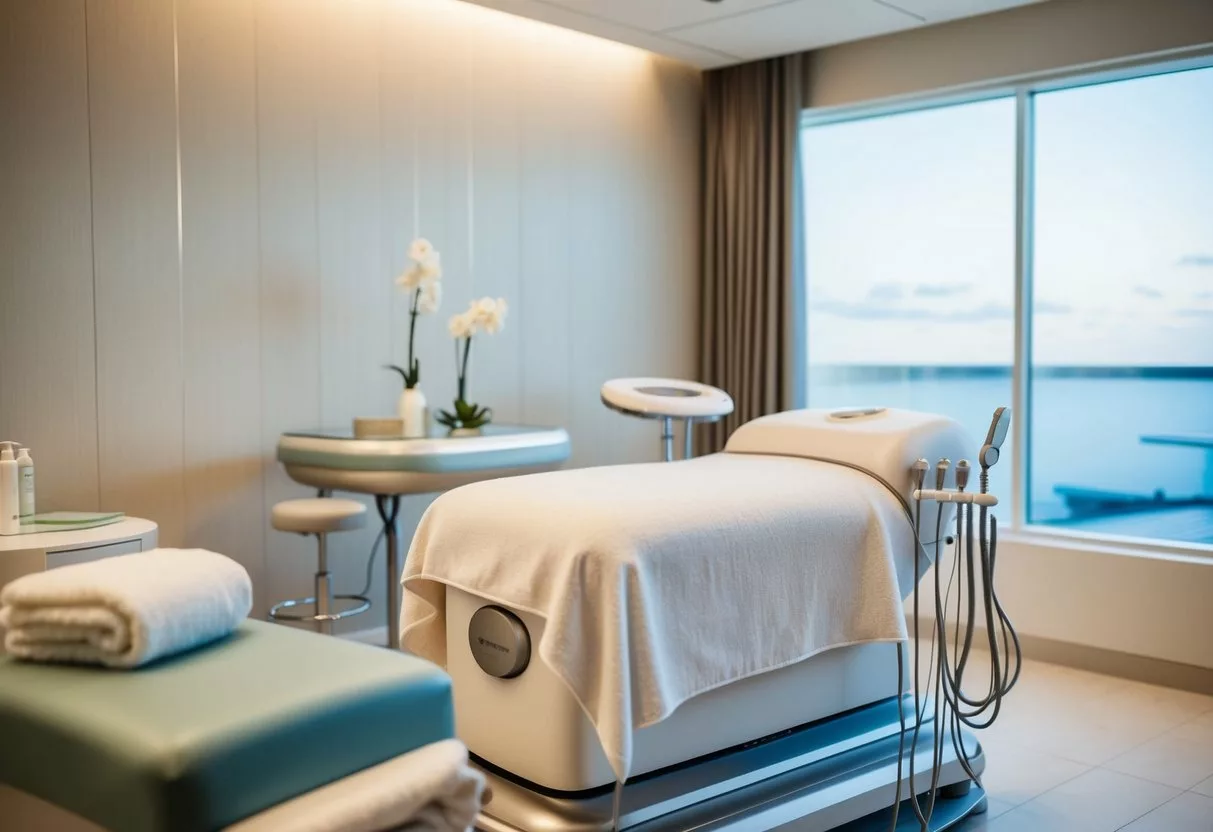
Non-surgical cosmetic treatments offer ways to improve appearance without going under the knife. These options can reduce signs of aging and enhance facial features with minimal downtime.
Injectables and Fillers
Botulinum toxin, commonly known as Botox, is a popular injectable that smooths wrinkles by relaxing facial muscles. It works best for frown lines, crow’s feet, and forehead wrinkles.
Facial fillers are another key option. These gel-like substances add volume to areas like cheeks and lips. Hyaluronic acid fillers are common and give natural-looking results.
Both injectables and fillers require touch-ups every few months. They can be done quickly, often during a lunch break.
Side effects are usually mild and short-lived. Bruising or swelling may occur but typically fades within days.
Laser and Energy-Based Treatments
Laser resurfacing improves skin texture and tone. It can reduce fine lines, sun damage, and acne scars.
There are two main types: ablative and non-ablative. Ablative lasers remove outer skin layers for more dramatic results. Non-ablative lasers work deeper without damaging the surface.
Energy-based treatments like radiofrequency can tighten skin. They heat deep skin layers to boost collagen production.
Laser hair removal is another popular option. It targets hair follicles to reduce unwanted hair growth over time.
Recovery time varies by treatment. Some have no downtime, while others may require a few days of healing.
Cosmetic Surgery in Specific Populations
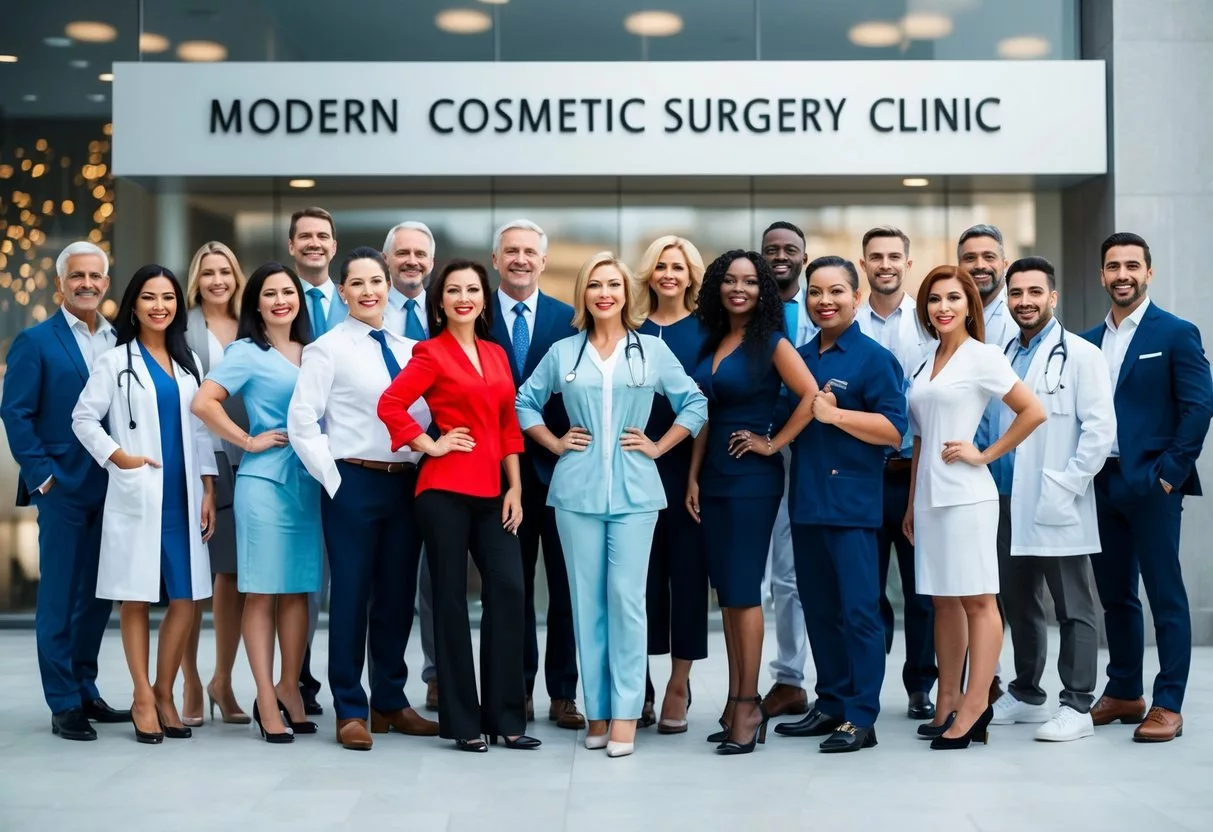
Cosmetic surgery caters to diverse groups with unique needs and goals. Age and gender play key roles in shaping patient expectations and surgical approaches.
Age-Related Considerations
Younger patients often seek cosmetic procedures to enhance features, while older individuals aim to reverse signs of aging.
Teens may request rhinoplasty or acne scar treatments. Adults in their 20s and 30s frequently opt for breast augmentation or liposuction.
Middle-aged patients commonly pursue facelifts, eyelid surgery, or Botox injections. Seniors might choose procedures like neck lifts or brow lifts to address sagging skin.
Healthcare professionals must carefully assess each patient’s health status and motivations. They should consider:
- Physical maturity
- Emotional readiness
- Realistic expectations
- Potential risks
Cosmetic Surgery for Men
Male patients increasingly seek cosmetic procedures. Popular treatments include:
- Rhinoplasty
- Eyelid surgery
- Liposuction
- Hair transplants
Gynecomastia surgery, which corrects enlarged male breasts, is a specialty procedure gaining popularity. Men often desire subtle changes that maintain a masculine appearance.
Surgeons must adapt techniques to suit male anatomy and aesthetic goals. They should address concerns like:
- Jawline definition
- Neck contouring
- Body sculpting
Male patients may require different post-operative care and recovery plans compared to women.
Advancements in Cosmetic Surgery
Cosmetic surgery has made significant strides in recent years. New techniques and technologies have improved outcomes and patient experiences. The future of cosmetic procedures looks promising with exciting innovations on the horizon.
Innovations in Techniques
Fat grafting has become a game-changer in cosmetic surgery. This technique uses a patient’s own fat to enhance various body areas.
Surgeons now use centrifugation to process harvested fat. This method has replaced older sedimentation techniques.
Slow reinjection of fat increases successful graft take. This approach allows for natural-looking enhancements to the face, breasts, and buttocks.
Minimally invasive procedures have gained popularity. These include non-surgical facelifts and body contouring treatments.
3D imaging helps patients visualize potential results before surgery. This technology improves communication between doctors and patients.
Laser treatments have advanced, offering more precise and effective skin rejuvenation. They can target specific skin concerns with reduced downtime.
Future Trends
Artificial intelligence is set to transform cosmetic surgery. AI may help with treatment planning and predicting outcomes.
Virtual reality could enhance surgical training and patient consultations. This technology may allow for more accurate procedure simulations.
Stem cell therapies show promise for regenerative cosmetic treatments. These may offer longer-lasting results for skin rejuvenation.
Personalized medicine approaches may tailor treatments to individual genetics. This could lead to more effective and safer cosmetic procedures.
Robotic-assisted surgery may increase precision in certain cosmetic operations. This technology could improve results and reduce recovery times.
Frequently Asked Questions
Cosmetic surgery involves various procedures to enhance appearance. Costs, types, and outcomes differ based on individual needs and goals.
How much does cosmetic surgery typically cost?
Cosmetic surgery costs vary widely. Prices depend on the procedure, surgeon, and location.
Financing options may be available for elective procedures not covered by insurance. Some clinics offer payment plans to help manage expenses.
What are common examples of cosmetic surgery procedures?
Popular cosmetic surgeries include facelifts, eyelid surgery, and rhinoplasty for facial enhancement. Body contouring procedures like breast surgery, tummy tucks, and liposuction are also common.
Non-surgical options like Botox and fillers are widely used for facial rejuvenation.
What are the differences between cosmetic surgery and plastic surgery?
Cosmetic surgery focuses on enhancing appearance through surgical and medical techniques. It is elective and performed on areas that function properly but lack aesthetic appeal.
Plastic surgery is dedicated to reconstructing facial and body defects due to birth disorders, trauma, burns, and disease.
What are the most popular types of cosmetic surgery?
Face and body procedures are in high demand. Common facial surgeries include facelifts, nose reshaping, and eyelid lifts.
Breast augmentation, liposuction, and tummy tucks are sought-after body procedures. Non-surgical treatments like Botox and dermal fillers are also very popular.
What can be expected in terms of recovery and pain management after cosmetic surgery?
Recovery times vary by procedure. Most patients experience some discomfort and swelling after surgery.
Pain medication and proper post-operative care help manage symptoms. Surgeons provide specific recovery instructions for each procedure.
How do cosmetic surgery results typically look before and after the procedure?
Results depend on the specific procedure and individual healing. Most patients see noticeable improvements in targeted areas.
Surgeons often provide before and after photos to show typical outcomes. Realistic expectations are key for patient satisfaction.